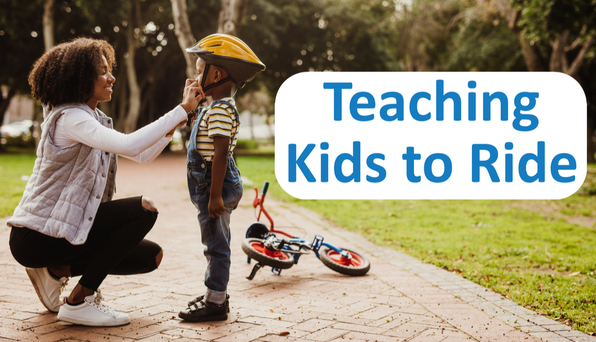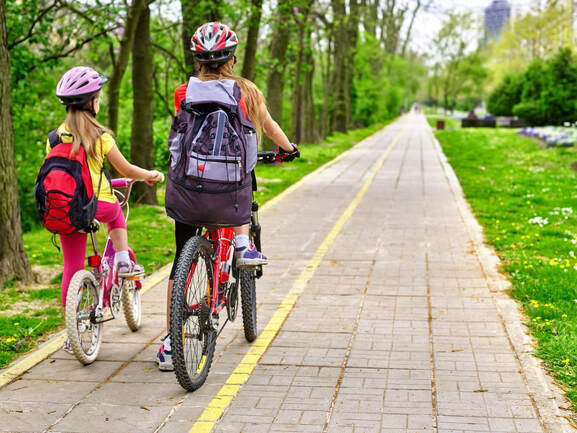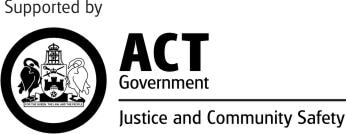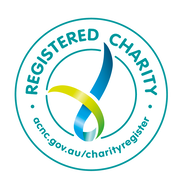Riding is not only a great way to spend time with kids it also helps them develop the skills they need to become safe cyclists and pedestrians. Teaching kids the road rules and riding with them in different conditions will help develop their skills to confidently handle their bike and become the safest possible cyclists on and off the road.
|
FIVE WAYS TO KEEP KIDS SAFE WHEN RIDING
|
FIVE TIPS FOR TEACHING KIDS TO RIDE
|
LAWS, ROAD RULES, RIGHTS AND RESPONSIBILITIES
All cyclists, like other road users, must understand and obey the road rules and respect other road users. It’s important to make sure both you, and any child you ride with, do the following:
All cyclists, like other road users, must understand and obey the road rules and respect other road users. It’s important to make sure both you, and any child you ride with, do the following:
- Make sure you are visible and clearly indicate your intentions. Use hand signals, wear bright colours, reflective clothing and use lights when riding in low light conditions.
- Be predictable, courteous, assertive and alert to other road users
- Always give way to pedestrians*
- Always walk your bike through shopping malls and on busy footpaths*
- Riders and passengers of bicycles, bicycle seats and trailers must always wear an approved bicycle helmet that is securely fitted and fastened*
- Bicycles must have at least 1 effective brake and 1 bell, horn, or similar warning device in working order*
- Riding at night - legally riders must not ride at night unless they have:
- A flashing or steady white light that is clearly visible from at least 200m from the front of the bike*
- A flashing or steady red light that is clearly visible for at least 200m from the back of the bike*
- A red reflector that is clearly visible for at least 50m from the rear of the bike when light is projected onto it by a vehicles headlight on low-beam*





